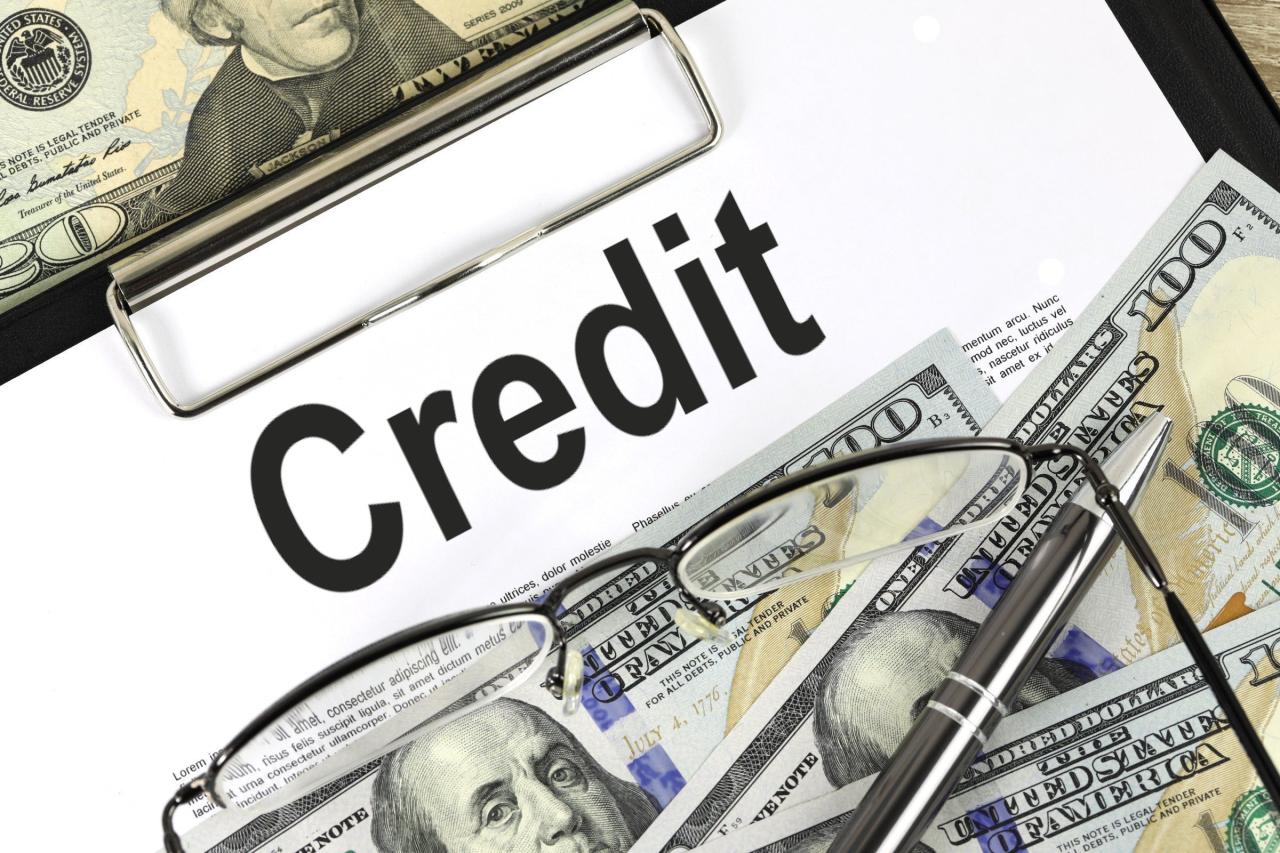Navigating Loans: Smart Borrowing for Life’s Milestones

Borrowing money is a ubiquitous feature of modern economic life, an essential mechanism that allows individuals to make large, transformative purchases that would otherwise take decades to save for.
It’s an act of financial leverage, enabling the acquisition of assets like a home, funding crucial education, or securing reliable transportation—all milestones that significantly contribute to long-term quality of life and financial potential.
However, the world of lending is complex and often intimidating, filled with jargon like APR, amortization, and collateral, which can confuse and overwhelm the average consumer.
A loan should never be viewed merely as an easy source of quick cash; it must be understood as a serious contract that involves a legal promise to repay the principal amount plus interest over a set period.
Misunderstanding the terms, or impulsively taking on the wrong type of loan, can quickly lead to severe financial distress, damaging credit scores and trapping borrowers in a cycle of debt.
Therefore, achieving financial mastery requires not avoiding loans entirely, but rather becoming adept at choosing the right type of loan for the right purpose, meticulously analyzing the true cost of borrowing, and ensuring the debt serves as a beneficial tool rather than a paralyzing burden.
This comprehensive guide will illuminate the most common and impactful types of loans, providing you with the essential knowledge to borrow smartly and confidently.
I. The Foundation: Understanding Loan Terminology

Regardless of the loan’s purpose, several core concepts determine its total cost and repayment structure. Mastery of this vocabulary is the first step toward smart borrowing.
A. Principal
The principal is the initial sum of money you borrow from the lender. This is the amount upon which all interest calculations are based.
B. Interest Rate and APR
The interest rate is the cost charged by the lender for the use of the principal, usually expressed as a percentage. The Annual Percentage Rate (APR) is the true annual cost of the loan, including the interest rate plus any required fees, giving you the most accurate comparison tool.
C. Term Length
The term length is the amount of time (usually in months or years) over which you agree to repay the loan. Longer terms result in lower monthly payments but significantly increase the total amount of interest paid over the life of the loan.
D. Collateral and Secured vs. Unsecured
Collateral is an asset (like a house or car) pledged to the lender to guarantee repayment. A secured loan requires collateral (e.g., mortgages, auto loans), making it less risky for the lender and thus typically having a lower APR. An unsecured loan requires no collateral (e.g., personal loans, credit cards) and therefore carries a higher APR.
E. Amortization
Amortization is the process by which a loan balance is reduced through a schedule of fixed payments. In the early years of an amortized loan (like a mortgage), most of your monthly payment goes toward interest, with a smaller portion reducing the principal; this balance gradually shifts over time.
II. Type 1: Mortgages (KPR) – Funding Your Home
A mortgage is arguably the largest and most complex loan most people will ever take on, serving the vital purpose of financing real estate ownership.
A. The Core Function
A mortgage is a secured loan where the property being purchased (the house or condo) serves as the collateral. This means if you fail to repay the loan, the lender has the legal right to seize and sell the property (foreclosure).
B. Fixed-Rate vs. Adjustable-Rate
Borrowers typically choose between two main interest structures:
- A. Fixed-Rate Mortgage: The interest rate remains the same for the entire life of the loan (e.g., 15 or 30 years). This offers stability and protection against future rate increases, making budgeting predictable.
- B. Adjustable-Rate Mortgage (ARM): The interest rate is fixed for an initial period (e.g., 5 or 7 years) and then adjusts periodically based on market rates. This offers lower initial payments but carries the risk of significant future increases.
C. The Importance of the Down Payment
The down payment is the initial amount of the purchase price you pay upfront, reducing the amount you need to borrow. A larger down payment (ideally 20% or more) reduces your monthly payment, eliminates the need for expensive private mortgage insurance (PMI), and secures a better interest rate.
D. Amortization and Equity
As you make mortgage payments, the portion of your payment going toward the principal increases, building equity—the difference between the home’s market value and the remaining loan balance. Equity is the foundation of wealth generation through real estate.
III. Type 2: Personal Loans (KTA) – Flexibility and Risk

Personal loans are versatile, single-lump-sum loans often used for debt consolidation, major purchases, or financing special events.
A. Unsecured Nature
Most personal loans are unsecured, meaning they do not require collateral. This makes them easier and faster to obtain than secured loans, but because the risk is higher for the lender, the APR is significantly higher than that of mortgages or auto loans.
B. Fixed Repayment Term
Unlike revolving credit (like credit cards), a personal loan is a closed-end loan with a fixed repayment schedule (e.g., 3 to 7 years). You receive the full amount upfront and pay it back in equal installments, making the total interest cost predictable.
C. Best Uses for Personal Loans
Personal loans are best used for:
- A. Debt Consolidation: Rolling multiple high-interest debts (like credit cards) into a single loan with a lower, fixed interest rate, simplifying repayment.
- B. Necessary Large Purchases: Financing a major essential home repair or medical procedure where cash reserves are insufficient.
D. When to Avoid Personal Loans
Never use a personal loan to fund discretionary purchases like luxury vacations, designer clothes, or speculative investments. The high interest rate will quickly outweigh any fleeting pleasure gained from the purchase.
IV. Type 3: Student/Education Loans (Pinjaman Mahasiswa)
These loans are specific financing tools designed to cover the high costs of higher education, tuition, and living expenses.
A. Investment in Future Earning Potential
Student loans are often considered “good debt” because they finance an asset—your education—that is expected to increase your future earning potential. However, they must be managed carefully, as they cannot typically be discharged in bankruptcy.
B. Federal vs. Private Loans
In many countries, student loans are distinguished by their source:
- A. Federal/Government Loans: Often offer lower, fixed interest rates, and crucial flexible repayment plans, and are sometimes subsidized (interest doesn’t accrue while in school). These should always be exhausted first.
- B. Private Loans: Offered by banks and private institutions. They often have higher, variable interest rates and fewer flexible repayment or forbearance options, making them a less favorable option.
C. Grace Periods and Repayment
Student loans typically feature a grace period following graduation (e.g., six months) before repayment is required to begin, allowing the graduate time to secure employment. Understanding the available income-driven repayment plans is crucial for managing debt after graduation.
D. The Danger of Over-Borrowing
The primary pitfall is borrowing more than necessary or taking on loans that far exceed the expected salary for the chosen field. A general rule is to limit total student debt to no more than the expected starting salary of your first job after graduation.
V. Type 4: Auto Loans (Pinjaman Mobil) – Transportation Financing
Auto loans are installment loans used to finance the purchase of a new or used vehicle, serving as a secured loan structure similar to a mortgage.
A. Secured Debt on a Depreciating Asset
An auto loan is a secured loan where the vehicle itself serves as collateral. The key difference from a mortgage is that the collateral (the car) rapidly depreciates in value, often being worth less than the loan balance (becoming “underwater”) early in the term.
B. Shorter Term Lengths
Auto loans typically have much shorter repayment terms than mortgages (e.g., 4 to 6 years). While longer terms are sometimes offered to lower the monthly payment, they carry the high risk of making the car worth much less than the debt you still owe.
C. The Importance of Negotiation
The APR you receive on an auto loan is highly dependent on your credit score and the lender. Always secure pre-approved financing from a bank or credit union before stepping into the dealership to ensure you have the best negotiating power.
D. Pitfalls: Long Terms and Add-ons
Beware of the following traps:
- A. 72- or 84-Month Loans: These very long terms often lead to the car being “underwater” for years and result in paying maximum interest.
- B. Expensive Dealer Add-ons: Avoid rolling costly, unnecessary extras (like extended warranties or rust-proofing) into the loan principal, as they add significant interest to already depreciating assets.
VI. Strategic Borrowing: The Smart Approach to Debt
Choosing the correct loan is only half the battle; the other half is integrating that debt wisely into your overall financial plan.
A. Always Know the Total Cost
Never focus only on the monthly payment. Use online calculators to determine the total amount of interest you will pay over the full term of the loan. This reveals the true cost of borrowing and encourages you to choose the shortest possible term.
B. Maximize the Down Payment
For secured loans (mortgage, auto), maximizing your down payment not only reduces the principal and interest but also shows the lender you are a serious, low-risk borrower, which can secure a lower APR.
C. Check Your Credit Score First
Before applying for any loan, check your credit score and history. Your score is the single biggest factor determining the interest rate you are offered. If your score is low, dedicate a few months to improving it before applying for a major loan.
D. Pre-Approval for Negotiation
For auto loans and mortgages, secure pre-approval from a third-party lender (like a credit union) before shopping. This pre-approval gives you a benchmark rate, preventing the dealer or seller from overcharging you on financing.
E. Treat Debt as Temporary
Even “good debt” should be managed with the goal of accelerated repayment. If possible, make extra principal payments annually or monthly to shorten the loan term, saving you years of interest.
Conclusion
Successfully navigating the world of loans is an unavoidable requirement for achieving major life milestones. Every loan—whether it finances a home, an education, or a vehicle—must be seen as a strategic tool to leverage future opportunity.
The distinction between secured and unsecured debt, and the critical understanding of APR, determines the safety and true cost of borrowing.
A diligent borrower always prioritizes the shortest term, maximizes the down payment, and rigorously calculates the total lifetime interest paid.
By mastering the anatomy of each loan type, you move from passively accepting debt to proactively choosing and managing beneficial financial obligations.
This approach ensures that your debt serves as a powerful catalyst for wealth creation, not a crippling hindrance to your future.




